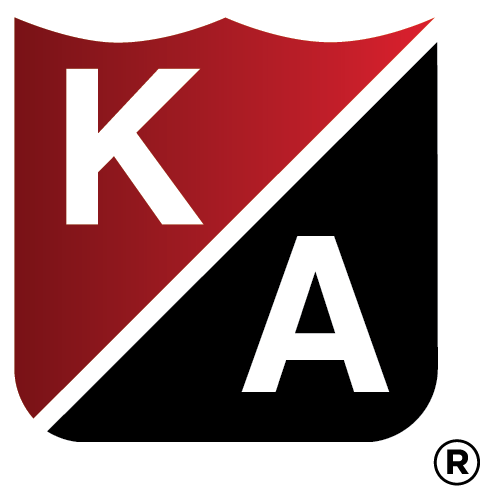Architectural and engineering firms can take a leap forward in their competitive edge by setting up a Sustainable Development Strategy. Only a few years ago, the idea of environmental sustainability initiatives were limited to a small number of very large companies. Now the marketplace is quickly evolving to include many diverse and smaller businesses, including design firms. Simply put, environmental sustainability is the responsibility to conserve natural resources and protect global ecosystems to support health and wellbeing, while also expanding and growing a flourishing business.
Adapting an Environmental Sustainability Strategy for your firm can function as a strategic component to support company values around community and the environment and act as an important differentiator in the competitive landscape. Our country is becoming increasingly aware of environmental and community challenges, leading to green building and sustainability initiatives moving up in importance. Simply including green design as an option in your services may no longer be enough to stay in the front during competition for projects.
Potential clients may have already developed Sustainable Developmental Goals or be in the process of writing them. They will be more likely to partner with firms who are similarly invested in environmental awareness. Additionally, a recent directive from the Biden administration on Climate-Related Financial Risk was established last May, charging leaders at the federal level to develop a governmental-wide strategy to assess, plan and manage climate risks. A report is expected in November 2021 on what will be needed to achieve a net-zero greenhouse gas emissions economy by 2050. Most likely, the federal government will use its purchasing power for sustainability goals for its own projects as well as for any federally funded projects. Will your firm be able to take advantage of federal, state and even local governmental opportunities by demonstrating your own commitment to resilient, sustainable design?
In addition to increasing environmental responsibility and growing the top line, sustainability strategies are also critical in the war on talent. Finding, engaging, and retaining employees is a crucial part of maintaining and supporting your firm’s long-term goals. Employees want to work for employers they can be proud of. Members of the millennial generation and generation Z especially seek employers with ethical and community involvement, and typically, sustainability issues are high priorities for them. With younger employees becoming a larger part of the workforce, providing sustainable guidelines to support employees desire for meaningful work can prove helpful for your bottom line.
Recently, NSF International published a sustainability standard for the professional services industry that can help you in establishing your own guidelines. For design firms, this is NSF/ANSI 391.1: General Sustainability Assessment Criteria for Professional Services. Per the NSF International, “Organizations can use the new standard to make documented and measurable efforts to improve the environmental, social, economic and supply chain performance of their businesses.” Establishing guidelines for your own firm will be well worth the effort.
Environmental sustainability strategies encourage and support business growth, and help attract employees, while having a positive impact on a world transforming at a rapid pace. Join the growing number of architects, engineers, and other businesses who are incorporating environmental sustainability into short- and long-term strategic planning.
Heather Paulson is an Account Executive at Kraus-Anderson Insurance Agency. She can be reached at 952-707-8239 or [email protected]



